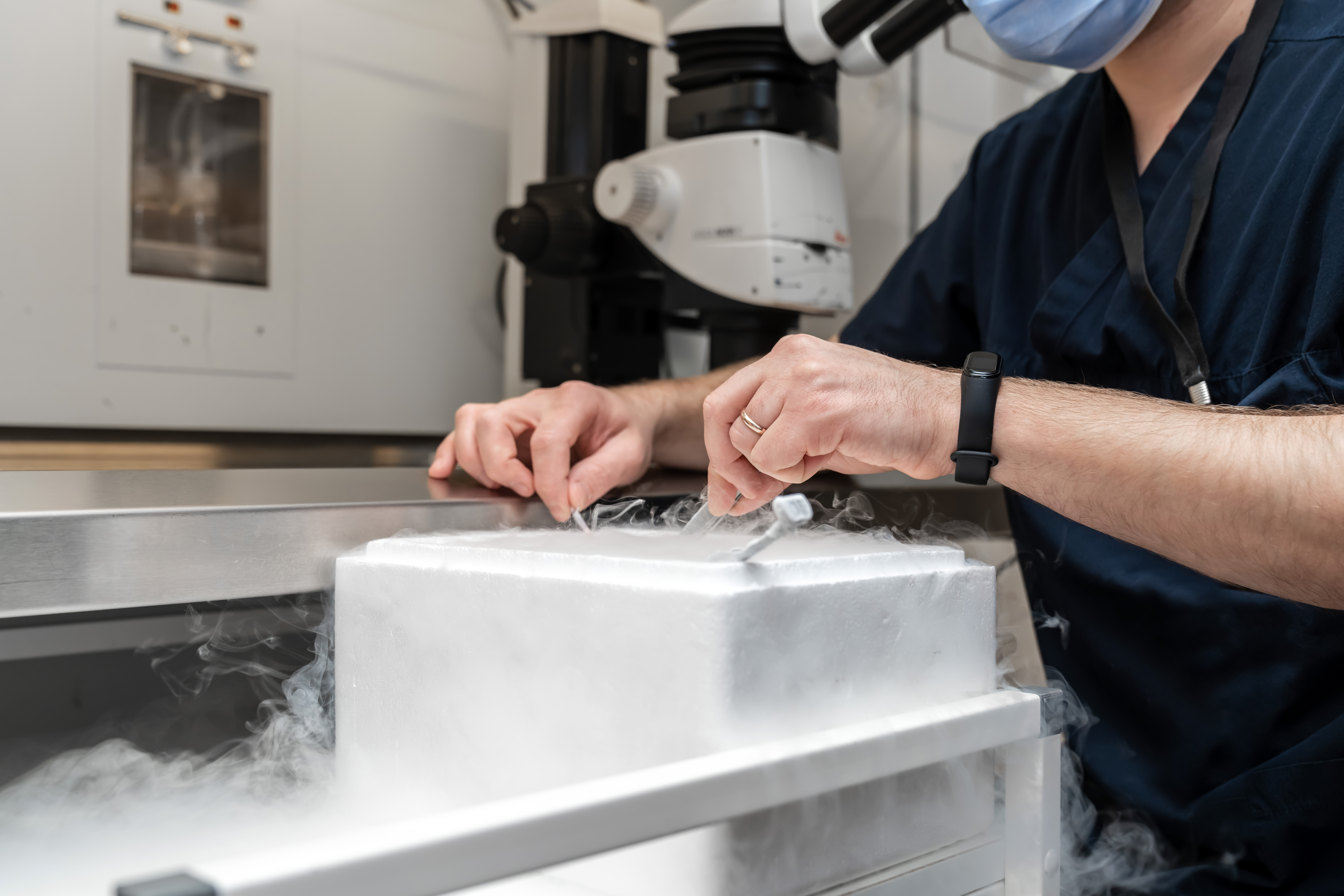A common question from people who are curious about fertility awareness methods (FAM) is the cost of learning it, which varies from virtually free to $500 or more to learn a method, depending on how much support one needs. Once you learn a method, you’re set for life. The only expenses are accessories such an app, a thermometer. But no one ever asks about how much they’re going to save by using these methods. Before I go into that, I have a personal story that shows why this question is so critical nowadays.
Last Saturday, I went to bed feeling great and fell into a deep and peaceful slumber. At 2:30 am, I felt a sudden pain as if I had been kicked in the groin. Half asleep still, I thought it would go away. But the pain persisted, sharp, on the right side of my lower abdomen. I tried different positions, bent in half, and quickly realized what was going on, because I’d experienced it before: I was passing a kidney stone.
I often joke that kidney stones are labor pains for men. Without the reward. No dose of aspirin can take that pain away. Pretty quickly my wife became aware of my ordeal. We decided to go to the closest 24-hour urgent care and try to get heavy duty pain killer. But first I asked her for strong lemon juice with water. I started to drink a bunch of it right away.
Then we ventured into the night to get help. At the urgent care place, the nurse said dryly: “The doctor is just going to send you to the ER and you’ll get a CAT scan.” We decided to forget that for the moment. The lemon juice was already taking effect and soothing the pain some. We hit a 24-hour pharmacy to get their strongest over-the-counter pain killer. Then we went home. Pretty soon, I was able to sleep. I continued to drink lemon juice all day long on Easter, and avoided all the treats I was hoping to enjoy that day (coffee, cheese, chocolate, alcohol, etc…).
The next day I was fine and back to work. To be prudent, I went to a world-class urologist who explained the physiology, the cause for the stones, and offered diet and supplements as prevention, before discussing any pharma and medical solutions. That’s the kind of care you want.
Here is how much I could have spent that weekend: ER visit $600, CAT scan $1,000, and probably other medical fees. And that’s with pretty good health insurance that costs my company and me about $17,000 a year for a family of four. The urologist visit cost me $50.
Here is the moral of the story:
- Expensive health insurance rarely protects you 100% from high medical fees and you need to be aware of what costs what before you use services
- By knowing your body and what is going with it, you can avoid unnecessary treatment and save a lot of money
- By working with a doctor who doesn’t treat you as a number but tries to work with you and offers natural medicine, you will also save money and preserve your health.
Does this apply to fertility awareness? You bet. Here are a few examples of savings you can achieve with it:
- Avoiding getting sick from contraceptives. Even if with the Affordable Care Act, these drugs are now free or virtually so, the cost of a blood clot is not. We’re talking days in ICU, blood thinners for months, and a high risk of getting one again. Then there are IUD displacements and perforations, implants that can’t be found, Essure problems, breast cancer. These problems may be statistically rare, but they are real, and feel abstract until they happen to you. Then it’s 100%.
- Avoiding getting pregnant: contrary to popular belief, FABMs are super effective simply because you know when you ovulate and you have the option to avoid intercourse during these days, which is 100% effective. Savings: about $2,000 to $3,000 of out-of-pocket costs for a basic delivery if you’re insured, plus lifelong costs of raising a child (Now of course, the reward of having the child, for my wife and me personally, far exceeds any pain and costs, but that’s another story).
- Getting pregnant: the highest probability of pregnancy happens during a four-day window in each cycle. A day after ovulation, probability is 0%[i]. You need to know, and you can know, exactly when you ovulate. This knowledge can save you a good number of Ob/Gyn visits, possibly meds and other treatments, and the stress of waiting months.
- Treatment of infertility: before implementing more invasive approaches, know that the majority of infertility treatments or recurrent miscarriages based on fertility awareness (such as NaPro TECHNOLOGY) address hormonal deficits. They are not free, usually around $200 a month for several months. But compare this with the $20,000 to $30,000 of IVF treatment. And they work for many women.
Finally, working with a doctor who doesn’t just treat you like an average, but truly researches what your body is doing, what your hormone levels are at certain times of the cycle, what kind of discharge you have, before proposing a treatment is the way medicine should be practiced. That’s not generally happening in gynecology, as doctors seem to have two main sets of tool boxes: contraceptives for birth control, and ovulation treatment/IVF for getting pregnant.
Notice that I am not suggesting you avoid doctors by any means, rather just encouraging people to become more involved in the management of their own health.
I would love to hear your stories: how has fertility awareness saved you from medical costs or other costs? Tell us in the comments below or in a Facebook post comment.
I don’t wish kidney stones on anybody. I hope that everyone will take heed from my story to see how important it is to be able to learn self-care, especially in our days when both insurance and healthcare costs are rising, and to find support from peers and professionals who understand you.
Reference
[i] Post-ovulatory aging of the human oocyte and embryo failure, AJ Wilcox, CR Weinberg, DD Baird – Human Reproduction, 1998 – ESHRE
When this article refers to fertility awareness methods (FAM), or natural family planning (NFP), we are referring to Fertility Awareness-Based Methods, evidence-based methods of cycle charting which can be used as effective forms of natural birth control when learned by a certified instructor.







